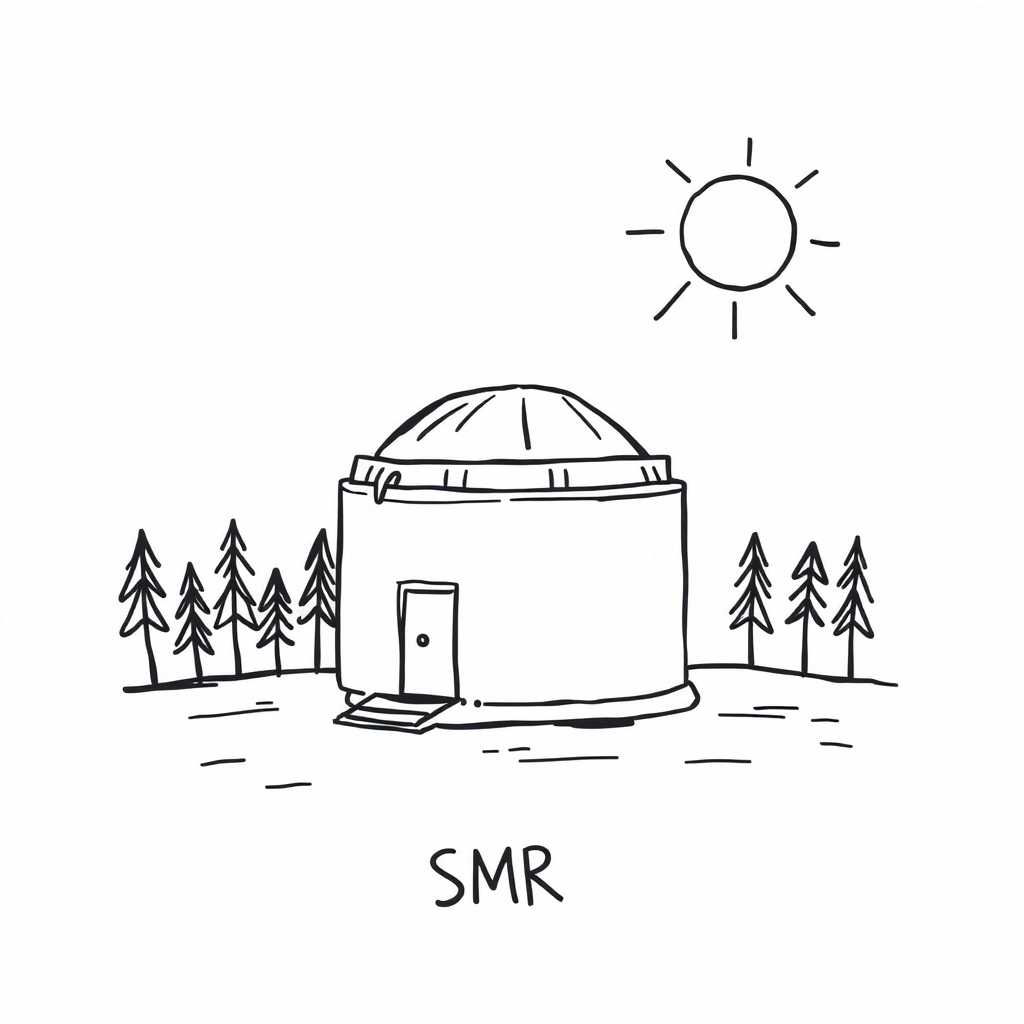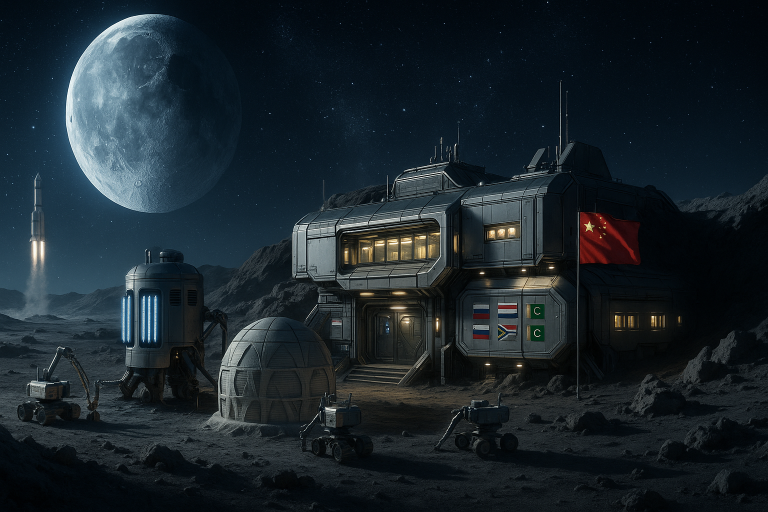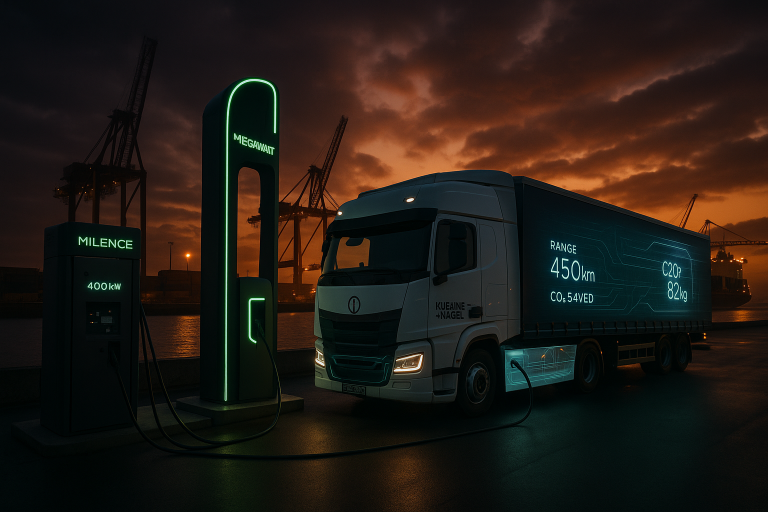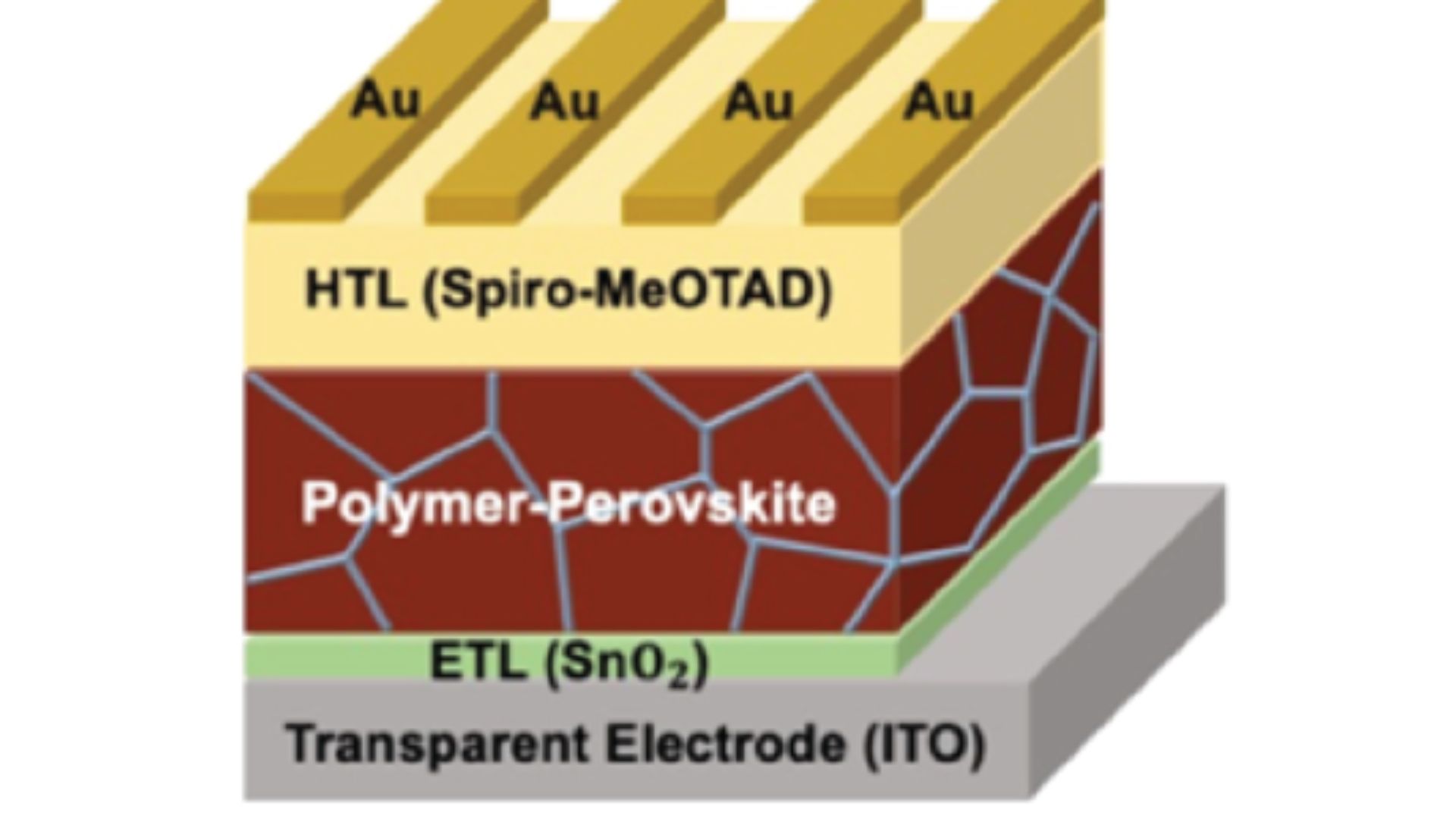$900 Million Available to Unlock Commercial Deployment of American-Made Small Modular Reactors
Imagine a future where we have all the energy we need to power our homes, schools, and even super-smart computers—without harming the planet. Sounds exciting, right? Well, that future is closer than you think, thanks to an incredible opportunity announced by the U.S. Department of Energy (DOE). They’re offering $900 million to help bring small modular reactors (SMRs) to life across America. These compact, cutting-edge nuclear reactors could revolutionize how we generate electricity and ensure clean, reliable energy for generations to come.
So, what exactly are small modular reactors, and why should we care? Let’s break it down in a way that’s easy to understand. Think of SMRs like LEGO sets for building power plants. Instead of constructing one giant reactor, engineers create smaller ones that can be built faster, cheaper, and with less risk. These reactors are designed to work together, kind of like how you’d snap LEGO bricks together to build something amazing. Because they’re smaller, they can also be placed in more locations, providing power to areas that might not have had access before.
This initiative isn’t just about building cool technology—it’s about solving real-world challenges. Did you know that our country’s demand for electricity is expected to skyrocket in the next few years? Things like data centers (the massive computer hubs that keep the internet running), artificial intelligence systems, and factories all require huge amounts of energy. Where will that energy come from? That’s where SMRs shine. They produce zero carbon emissions, meaning they won’t contribute to climate change, and they can run 24/7, unlike solar panels or wind turbines, which depend on sunlight or wind.
What makes this announcement so exciting is that it’s a win-win for everyone. First, it supports American innovation and jobs. By focusing on “Made in America” designs, the DOE is helping grow a new industry right here at home. Second, it helps protect the environment while keeping energy affordable. And third, it paves the way for other countries to adopt similar technologies, making the whole world cleaner and greener.
The DOE has set up two ways to support teams working on these projects. The first group, called “First Mover Teams,” can get up to $800 million to build the very first SMR plants. These pioneers will lead the charge, proving that this technology works and showing others how to follow suit. Meanwhile, another $100 million is available for “Fast Followers”—teams ready to tackle specific challenges, like improving supply chains or preparing sites for construction. Together, these efforts will make sure SMRs become a reality sooner rather than later.
If you’re wondering why this matters to you, consider this: the decisions we make today shape the world of tomorrow. By investing in SMRs now, we’re ensuring that kids your age—and maybe even you yourself someday—will inherit a planet powered by safe, sustainable energy. You might grow up in a neighborhood lit by SMRs, use gadgets charged by them, or even help design the next generation of reactors!
Applications for funding are due on April 23, 2025, and the DOE is encouraging both new applicants and those who applied last year to submit their ideas. This is a chance for brilliant minds across the country to step up and show what they’ve got. Who knows? Maybe someone reading this article will be inspired to join the movement and help build a brighter, cleaner future.
In conclusion, the $900 million investment in SMRs isn’t just about dollars and cents—it’s about hope, progress, and possibility. It’s about creating a world where energy is abundant, affordable, and environmentally friendly. So let’s cheer on the scientists, engineers, and dreamers working hard to make this vision a reality. After all, the future belongs to those who believe in the power of good ideas—and SMRs are definitely one of those ideas.







